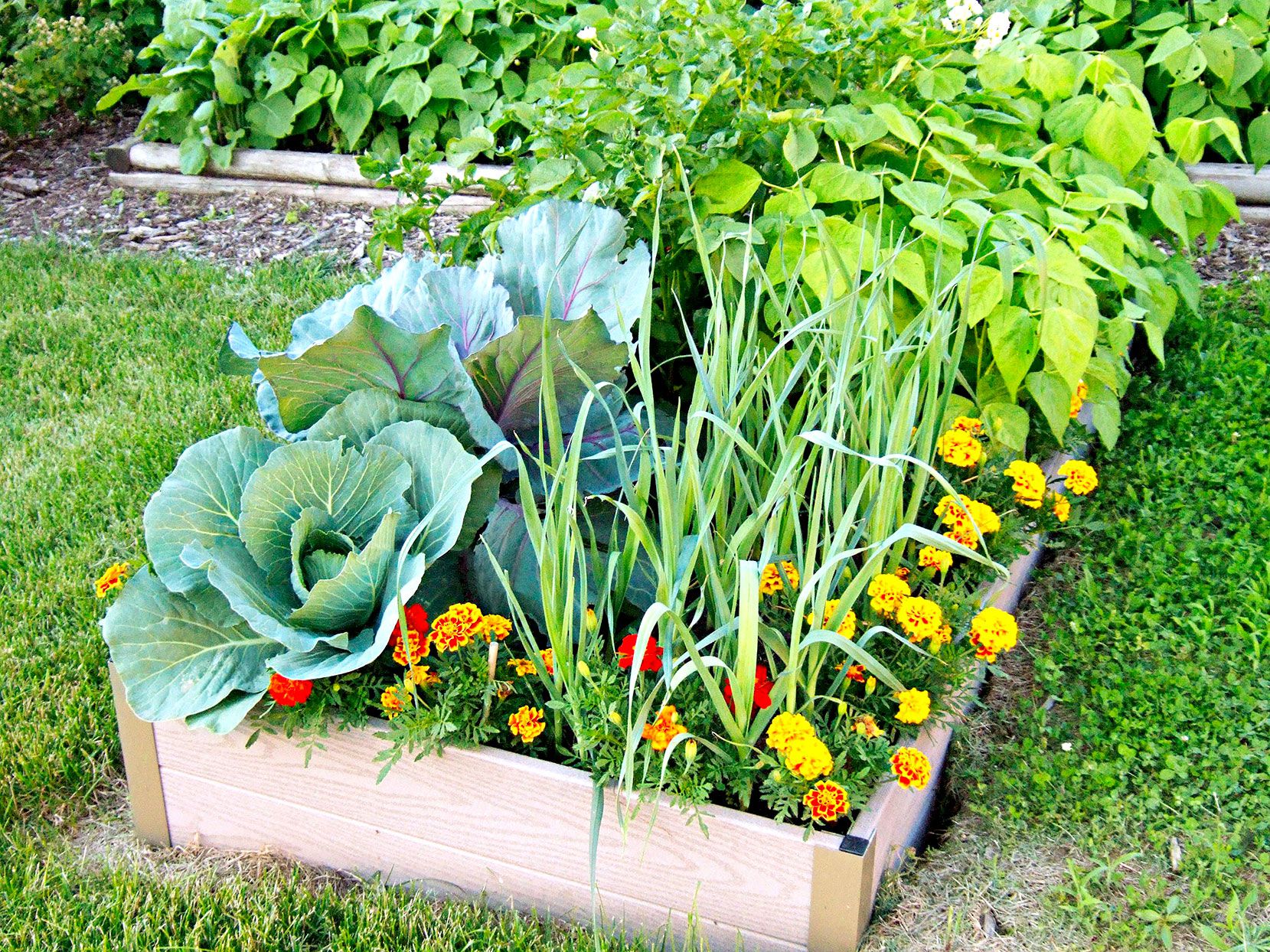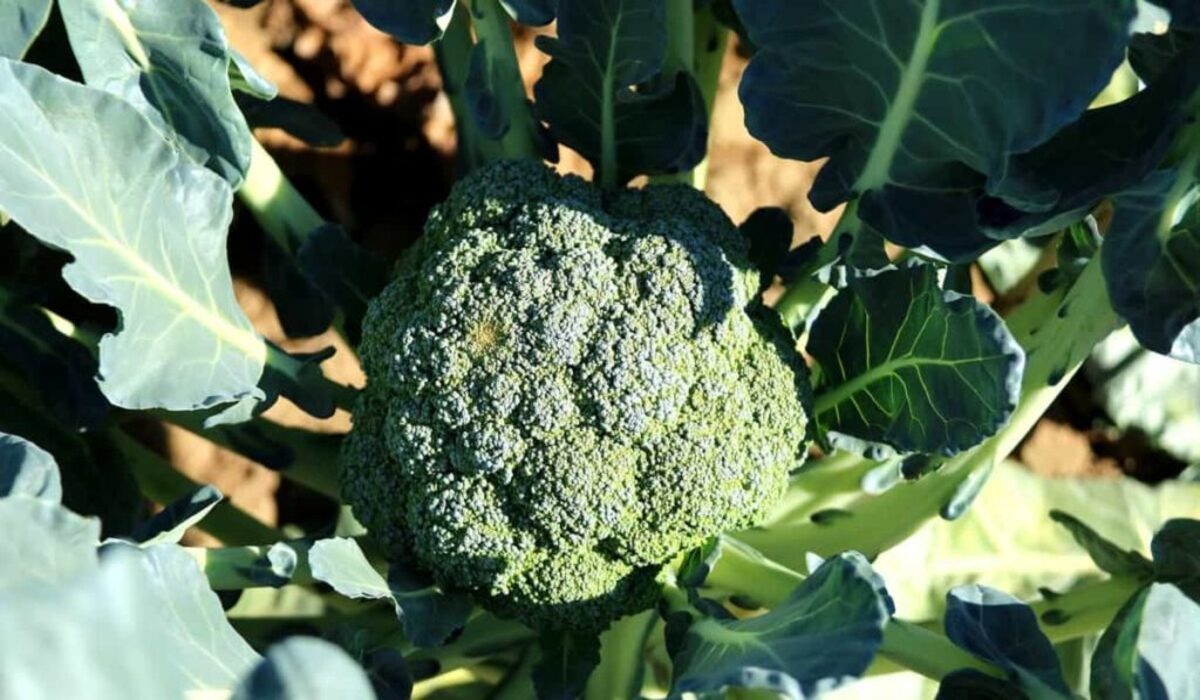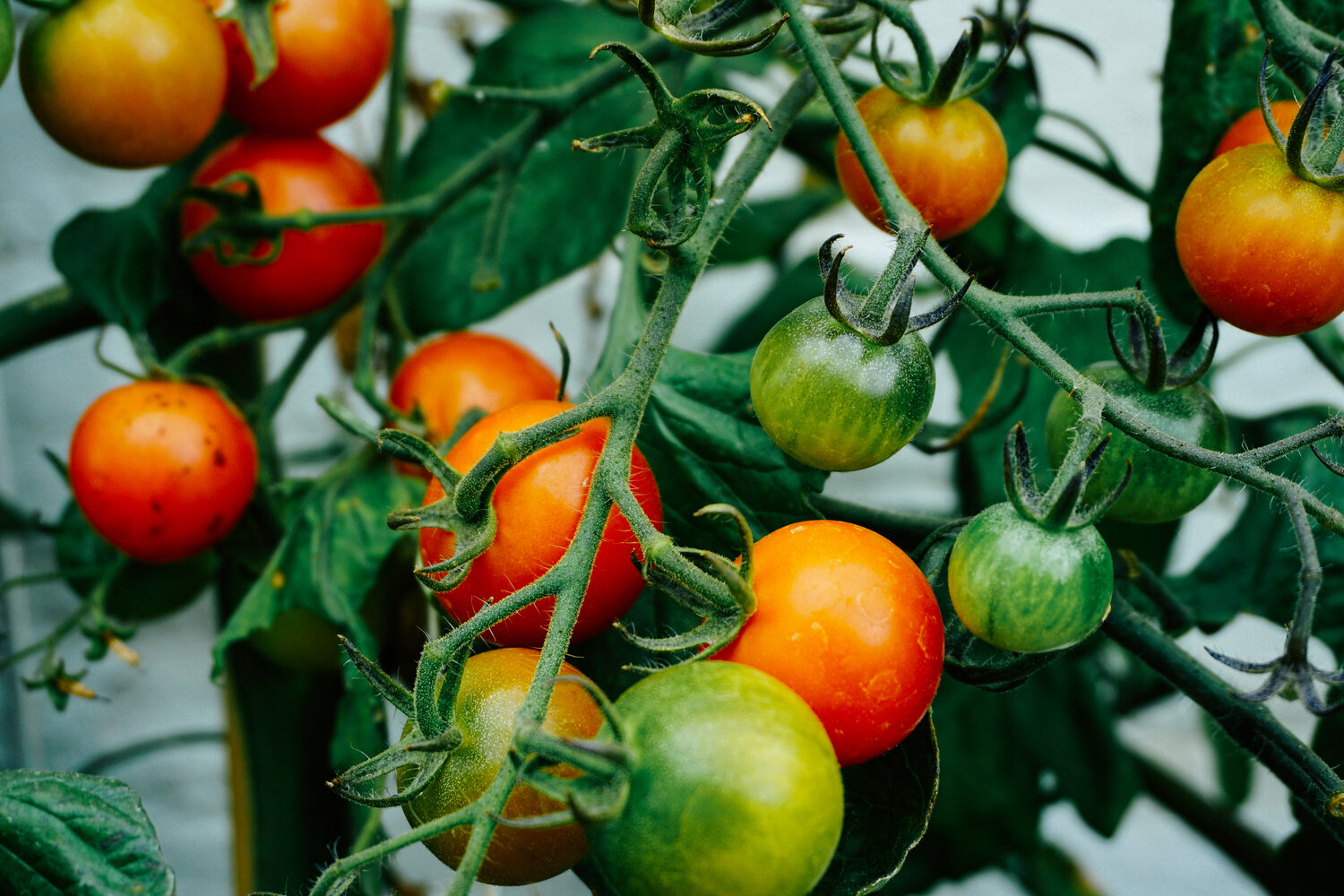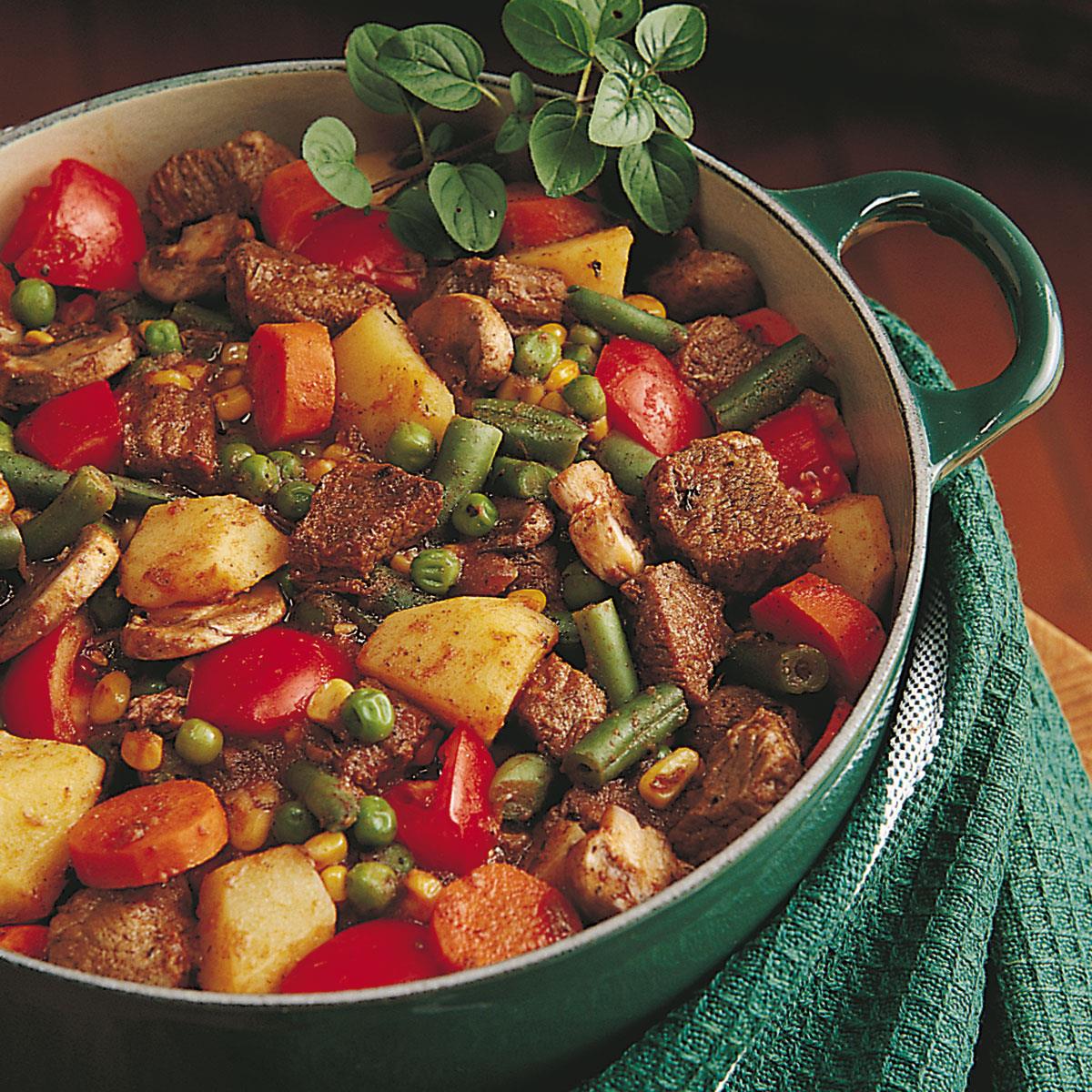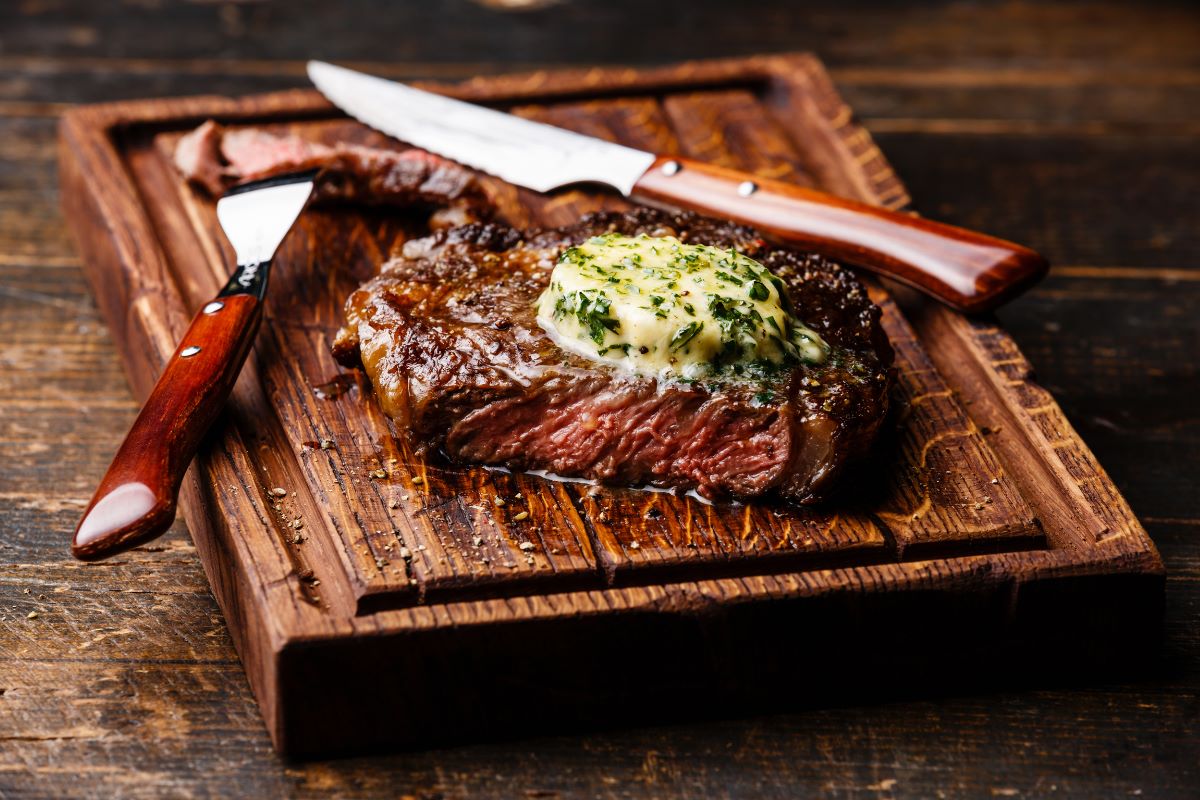Home>Gardening News and Trends>Latest News>When To Add Vegetables To Corned Beef
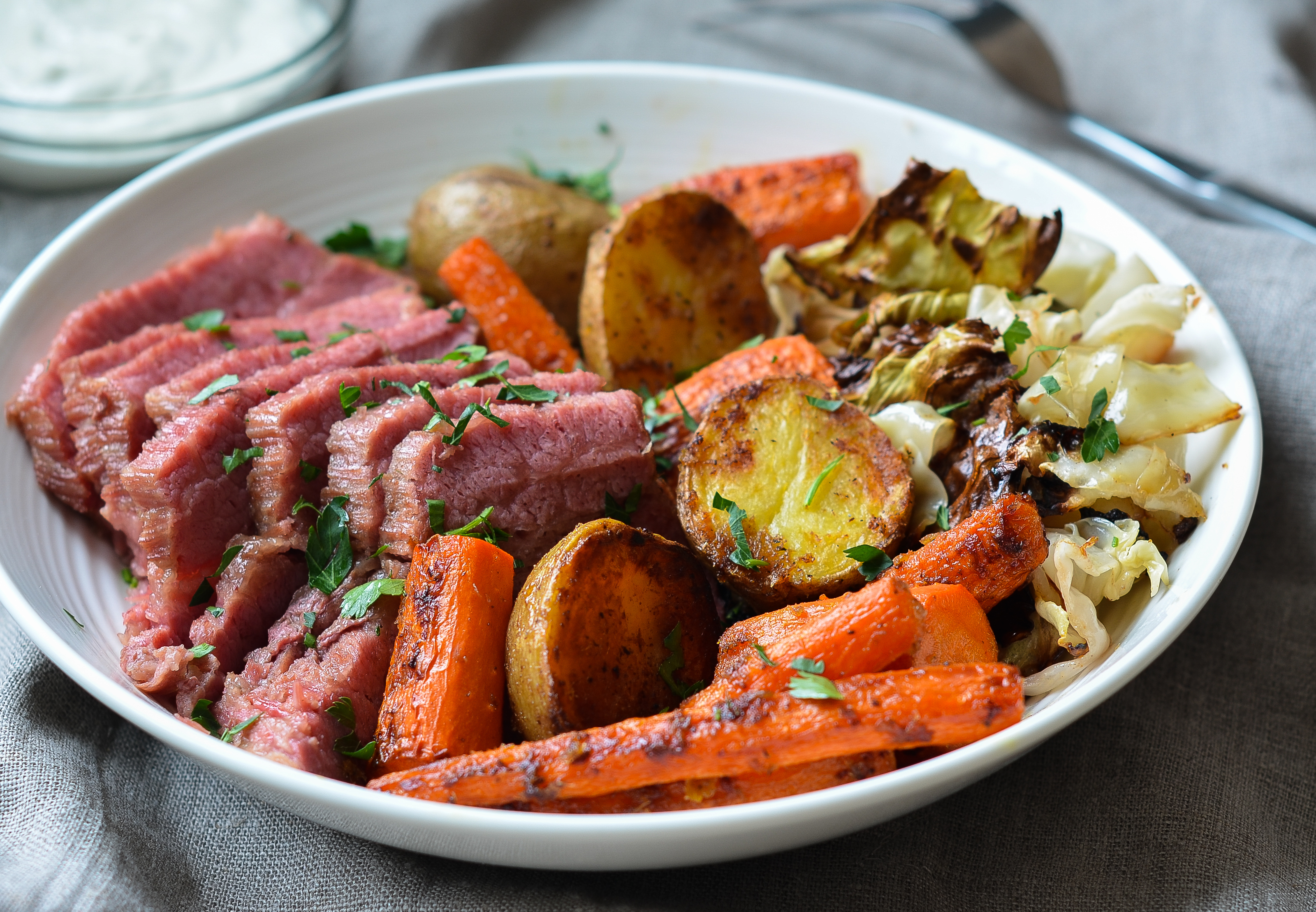

Latest News
When To Add Vegetables To Corned Beef
Modified: January 22, 2024
Discover the latest news on when to add vegetables to corned beef. Find out the best time and tips for adding delicious veggies to enhance your corned beef dish.
(Many of the links in this article redirect to a specific reviewed product. Your purchase of these products through affiliate links helps to generate commission for Chicagolandgardening.com, at no extra cost. Learn more)
Table of Contents
Introduction:
Welcome to the wonderful world of cooking! In this article, we will explore the art of preparing corned beef and adding vegetables to create a delicious and hearty meal. Corned beef is a traditional dish that is loved by many for its rich and savory flavors. It is typically made from a cut of beef, such as brisket or round, that has been cured with salt and other spices. This curing process gives the meat its distinct pink color and tender texture.
When it comes to cooking corned beef, timing is everything. The length of time you cook the meat will determine its tenderness and doneness. But what about the vegetables? When should they be added to the pot? Adding the vegetables too early can result in overcooked and mushy veggies, while adding them too late may leave them undercooked and unappetizing.
This is where our expertise comes in. In this article, we will guide you through the process of when and how to add vegetables to your corned beef to achieve a perfectly balanced and delicious meal. We will also provide you with tips and tricks to ensure your corned beef and vegetables are cooked to perfection.
So, whether you’re a seasoned cook looking to experiment with new flavors or a novice in the kitchen ready to embark on your culinary journey, let’s dive into the world of corned beef and vegetables and discover the secrets to creating a mouthwatering dish that will have your family and friends coming back for seconds!
Step 1: Understanding Corned Beef
Before diving into the process of adding vegetables to corned beef, it’s important to have a clear understanding of what corned beef actually is. Corned beef is a popular and versatile meat dish that has been enjoyed for centuries. It gets its name from the “corns” or grains of salt that were historically used in the curing process.
Corned beef is typically made from a cut of beef, most commonly brisket or round. The meat is first cured in a brine solution made of water, salt, sugar, and various spices. This brining process helps to preserve the meat, enhance its flavor, and give it that iconic pink color. The curing process can take several days, allowing the flavors to infuse into the meat and create a delectable taste.
It’s important to note that corned beef is a pre-cooked meat. This means that it has already been partially cooked during the curing process. However, it still requires additional cooking to become tender and fully ready to eat. This is where the addition of vegetables comes in.
The vegetables added to the pot with the corned beef not only complement the flavors of the meat but also add texture and nutrients to the dish. They absorb the delicious juices and spices from the meat, creating a flavorful medley of flavors. However, it is crucial to understand the timing and cooking process to ensure that both the meat and vegetables are cooked to perfection.
Now that we have a basic understanding of corned beef, its curing process, and the purpose of adding vegetables, let’s move on to the next step: the importance of timing when it comes to cooking corned beef and vegetables.
Step 2: The Importance of Timing
When it comes to cooking corned beef and vegetables, timing plays a crucial role in achieving the perfect texture and flavor in both components. It’s essential to understand the different cooking times required for the meat and the vegetables to ensure that everything is cooked to perfection.
Typically, corned beef requires a longer cooking time compared to most vegetables. The meat needs to simmer gently for an extended period to become tender and succulent. On the other hand, vegetables, especially root vegetables like potatoes and carrots, cook relatively quickly and can become mushy and overcooked if they are cooked for too long.
Therefore, it’s imperative to add the vegetables to the pot at the appropriate time to strike a balance between tender meat and perfectly cooked vegetables.
One common mistake when cooking corned beef and vegetables is adding the vegetables at the beginning of the cooking process. This can result in overcooked and mushy vegetables, as they will cook for an extended period alongside the meat. The flavors of the vegetables may also become diluted in the cooking liquid.
On the other hand, adding the vegetables too late in the cooking process can result in undercooked and crunchy vegetables. They won’t have enough time to absorb the flavors of the meat and the cooking liquid, leading to a less cohesive and flavorful dish.
So, what is the ideal timing for adding vegetables to corned beef? It’s recommended to add the vegetables to the pot during the last hour of cooking for the meat. This timing allows for the vegetables to cook through while still maintaining their texture and flavor.
Remember, every corned beef recipe may have slight variations, so it’s crucial to follow the specific instructions provided in the recipe you are using. However, as a general guideline, adding the vegetables for the last hour of cooking is a good rule of thumb to achieve a balance between tender meat and perfectly cooked vegetables.
Now that we understand the importance of timing when it comes to cooking corned beef and vegetables, let’s move on to the next step: adding vegetables to corned beef.
Step 3: Adding Vegetables to Corned Beef
Now that we have established the importance of timing, let’s dive into the process of adding vegetables to corned beef. The goal is to achieve a harmonious pairing of flavorful and tender meat with perfectly cooked and flavorful vegetables.
When adding the vegetables to the pot, it’s essential to consider their size and cooking time. Larger and denser vegetables like potatoes and carrots should be cut into smaller chunks or wedges to ensure even cooking and quicker cooking times. Smaller vegetables such as cabbage wedges or onions can be added in their natural form.
Here is a step-by-step guide on adding vegetables to corned beef:
- Remove the corned beef from the cooking liquid and transfer it to a plate or cutting board. Set it aside and cover it loosely with foil to keep it warm.
- Add the prepared vegetables to the cooking liquid in the pot. Make sure there is enough liquid to cover the vegetables partially, but not completely submerged. If needed, you can add additional broth or water to the pot.
- Bring the cooking liquid back to a gentle boil and then reduce the heat to a simmer. This will prevent the vegetables from overcooking and becoming mushy.
- Cover the pot and cook the vegetables for the recommended time according to the specific vegetable being used. Refer to the cooking times provided in the next step for different vegetable types.
- Once the vegetables are cooked to your desired tenderness, remove them from the pot using a slotted spoon or tongs, and transfer them to a serving dish. Cover with foil to keep them warm.
Now that the vegetables are cooked, it’s time to slice the corned beef and serve it alongside the vegetables for a delicious and satisfying meal. Remember to slice the meat against the grain to ensure tenderness.
By following this step-by-step process, you can achieve a well-balanced and flavorful combination of corned beef and vegetables. Next, let’s explore the different types of vegetables you can add to your corned beef.
Step 4: Vegetables to Add
Adding the right vegetables to your corned beef can elevate the flavors and textures of the dish. There are various vegetables that pair well with corned beef and complement its savory and rich flavors. Here are some popular options:
- Potatoes: Potatoes are a classic choice when it comes to serving corned beef. They absorb the flavors of the meat and cooking liquid, becoming soft and flavorful. You can use regular potatoes, such as Yukon Gold or Russet, and cut them into chunks or wedges.
- Carrots: Carrots add a touch of sweetness to the dish and offer a vibrant color. They can be cut into coins or thick slices, depending on your preference. Cooked until tender, they provide a delightful contrast to the rich corned beef.
- Cabbage: Cabbage is a staple vegetable in traditional corned beef recipes. It becomes tender and slightly sweet when cooked alongside the meat. To add cabbage to your dish, cut it into wedges or thick slices.
- Onions: Onions add depth of flavor and aroma to the dish. You can use whole onions or chop them into large chunks. Onions become tender and sweet when cooked, enhancing the overall taste of the corned beef.
- Parsnips: For a slightly earthy and nutty flavor, consider adding parsnips to your corned beef. They are similar to carrots but have a distinct taste. Cut them into slices or chunks and cook them until tender.
Feel free to experiment with other root vegetables such as turnips or rutabagas, as they can also complement the flavors of corned beef. Remember to adjust the cooking times accordingly based on the density and size of the vegetables.
Now that you have an idea about the vegetables you can add to your corned beef, let’s move on to the next step: understanding the cooking times for different types of vegetables.
Step 5: Cooking Time According to Vegetable Type
Each vegetable has its own cooking time when it comes to adding them to corned beef. It’s vital to understand the cooking times to ensure that the vegetables are cooked to the desired tenderness without becoming mushy or undercooked. Here are some general guidelines for cooking times based on different vegetable types:
- Potatoes: Depending on the size of the potato chunks or wedges, they usually take around 20-30 minutes to cook until fork-tender.
- Carrots: Carrots can take anywhere between 15-25 minutes to become tender. Thicker slices may require a bit more time.
- Cabbage: Cabbage wedges or slices usually need approximately 10-15 minutes to cook until they are softened.
- Onions: Onions typically soften and become translucent in around 10-15 minutes when cooked alongside the corned beef.
- Parsnips: Similar to carrots, parsnips take roughly 15-25 minutes to become tender.
These are just general estimates, and the exact cooking times may vary depending on the size, density, and personal preferences. It’s best to check the doneness of the vegetables by testing them with a fork for desired tenderness.
When adding the vegetables, make sure to keep an eye on the pot and adjust the heat if necessary. You want the liquid to simmer gently to avoid overcooking the vegetables. Cooking times may also be affected by factors such as altitude and the size of the vegetable pieces.
Remember, it’s better to slightly undercook the vegetables as they can continue cooking even after they are removed from the pot. You can always check their doneness and cook them for an additional few minutes if needed.
With the corned beef cooking time and vegetable cooking times in mind, you’ll be able to create a delicious and well-balanced dish with tender meat and perfectly cooked vegetables. Next, let’s explore some tips to ensure your corned beef and vegetables turn out perfectly cooked and flavorful.
Step 6: Tips for Perfectly Cooked Corned Beef and Vegetables
Preparing corned beef and vegetables can be a delightful culinary experience. To ensure the best results, consider implementing the following tips:
- Choose high-quality corned beef: Selecting a high-quality corned beef cut will significantly impact the taste and texture of your dish. Look for well-marbled cuts with a good balance of fat and lean meat.
- Rinse the corned beef: Before cooking, rinse the corned beef under cold water to remove any excess salt from the curing process. This will prevent the dish from becoming overly salty.
- Use aromatic ingredients: Enhance the flavors of the dish by adding aromatic ingredients such as bay leaves, peppercorns, and garlic cloves to the cooking liquid. These elements will infuse the meat and the vegetables with additional savory notes.
- Don’t rush the cooking process: Corned beef requires slow and gentle cooking to become tender. Avoid turning up the heat to speed up the process, as this may result in tough meat. Instead, allow sufficient time for the meat to simmer and tenderize for optimal results.
- Test for doneness: To ensure that the corned beef is fully cooked, use a meat thermometer to check its internal temperature. It should reach at least 145°F (63°C) for proper food safety.
- Rest the meat before slicing: Once the corned beef is cooked, let it rest for a few minutes before slicing. This allows the juices to redistribute throughout the meat, resulting in moist and flavorful slices.
- Serve with a flavorful sauce: Enhance the taste of your corned beef and vegetables by serving them with a flavorful sauce. Classic options include mustard sauce, horseradish sauce, or a tangy dill sauce.
- Reheating leftovers: If you have leftovers, reheat them gently to maintain their tenderness. You can do this by placing the corned beef and vegetables in a covered dish in the oven at a low temperature or reheating them in a skillet with a bit of cooking liquid.
By following these tips, you’ll be well on your way to creating a delicious and memorable corned beef and vegetables dish. So go ahead and enjoy the tantalizing flavors and comforting aromas of this classic meal.
Conclusion
Cooking corned beef with vegetables is a delightful experience that results in a flavorful and satisfying meal. By understanding the different steps involved, you can create a perfectly balanced dish with tender meat and perfectly cooked vegetables.
We began by understanding the fundamentals of corned beef, its curing process, and the importance of timing when it comes to cooking corned beef and vegetables. We then explored the process of adding vegetables to corned beef, ensuring that they retain their texture and flavor. Additionally, we discussed the various types of vegetables that pair well with corned beef.
Knowing the cooking times for different vegetables is essential to avoid overcooking or undercooking them. By following the guidelines provided, you can achieve a harmonious balance between tender meat and perfectly cooked vegetables.
Finally, we wrapped up with some tips to ensure your corned beef and vegetables turn out perfectly cooked and flavorful. From choosing high-quality ingredients to allowing the meat to rest before slicing, these tips will elevate your culinary experience.
So, whether you’re preparing a traditional St. Patrick’s Day feast or simply enjoying a comforting meal, adding vegetables to corned beef is a great way to enhance the flavors, textures, and nutritional value of your dish.
Now that you have acquired the knowledge and techniques to prepare corned beef with vegetables, it’s time to roll up your sleeves, grab your apron, and savor the satisfaction of creating a delicious, hearty, and well-balanced meal.
